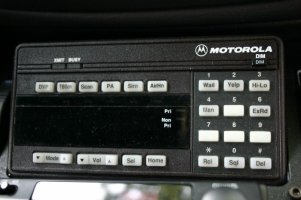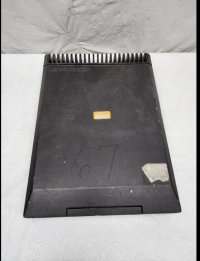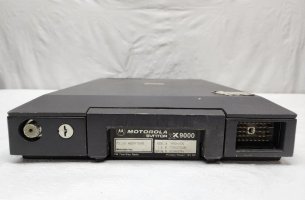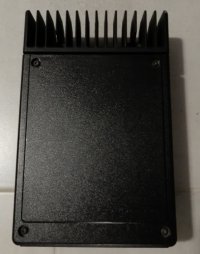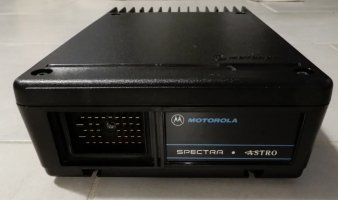Ok, I need some help or guidance with my restoration.
I know TX used the Motorola Spectra (Astro) front head unit. From my online research, it seems that from 1990-1993, they used the Motorola Syntor (9000). I don’t know anything about the Syntor, meaning when I search online or on eBay for the “pieces”, I see Syntor that are UHF, VHF, or listed as “2-way”, etc.
I’ve also found that along with the Syntor radio base that would go in the trunk, that there should also be a Motorola Spectra Siren box.
What I don’t know is, how does that Siren box and the Syntor all get tied into the front Motorola head unit? How do I know which Syntor 9000 to get (UHF, VHF etc)? Where there other Motorola modules that were tied in?
Did TX use any other interior radio equipment back then such as a scanner, etc. and if so, what was the type/model?
I already have procured a correct NOS Decibel DB702 antenna that is to be mounted center of the trunk lid.
If anyone can please help with the TX Motorola setup from back then, it’s greatly appreciated!
I know TX used the Motorola Spectra (Astro) front head unit. From my online research, it seems that from 1990-1993, they used the Motorola Syntor (9000). I don’t know anything about the Syntor, meaning when I search online or on eBay for the “pieces”, I see Syntor that are UHF, VHF, or listed as “2-way”, etc.
I’ve also found that along with the Syntor radio base that would go in the trunk, that there should also be a Motorola Spectra Siren box.
What I don’t know is, how does that Siren box and the Syntor all get tied into the front Motorola head unit? How do I know which Syntor 9000 to get (UHF, VHF etc)? Where there other Motorola modules that were tied in?
Did TX use any other interior radio equipment back then such as a scanner, etc. and if so, what was the type/model?
I already have procured a correct NOS Decibel DB702 antenna that is to be mounted center of the trunk lid.
If anyone can please help with the TX Motorola setup from back then, it’s greatly appreciated!


